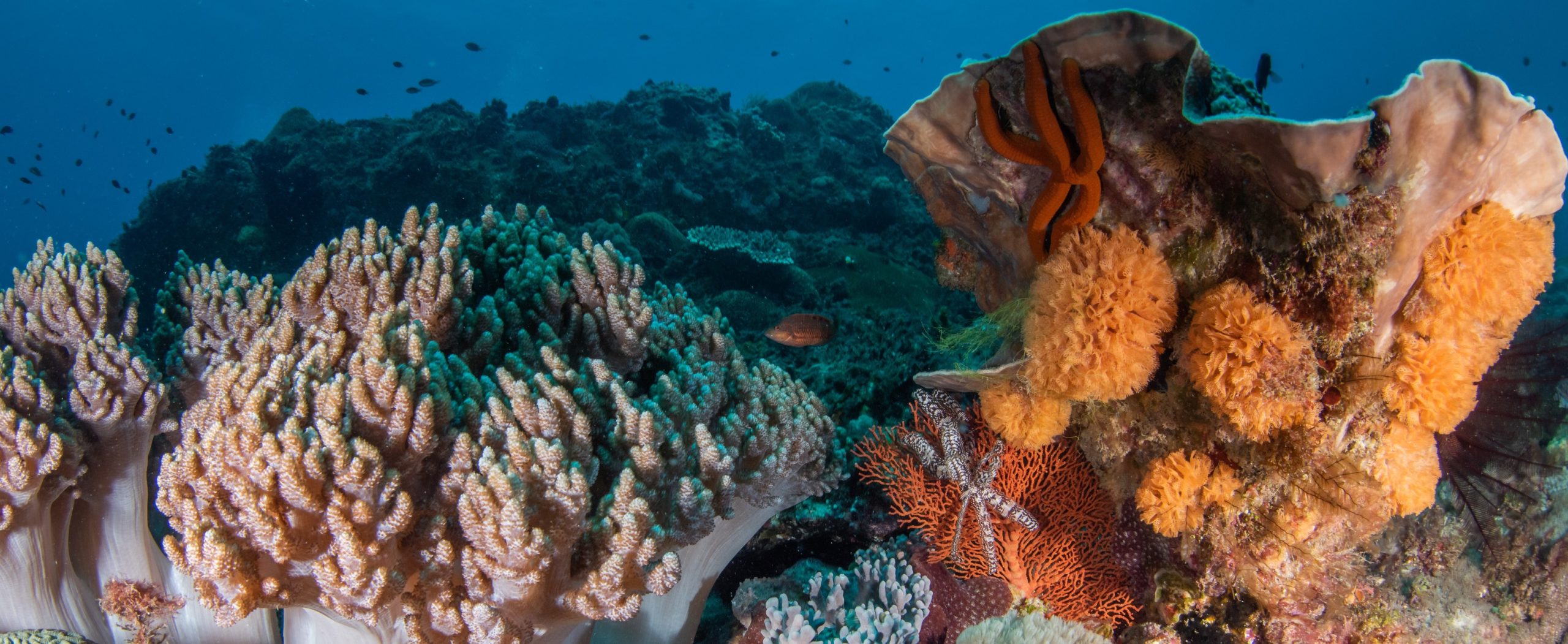Recent studies show that all marine bony fish produce mud-sized (<63 μm) carbonate at rates relevant to carbonate sediment budgets, thus adding to the debate about the often enigmatic origins of fine-grained marine carbonates. However, existing production data are geographically and taxonomically limited, and because different fish families are now known to produce different carbonate polymorphs—an issue relevant to predicting their preservation potential—these limitations represent an important knowledge gap.
Here we present new data from sites in the Western Pacific Ocean, based on an analysis of 45 fish species. Our data show that previously reported production outputs (in terms of rates and family-specific mineralogies) are applicable across different biogeographic regions. On this basis, we model carbonate production for nine coral reef systems around Australia, with production rates averaging 2.1–9.6 g m–2 yr–1, and up to 105 g m–2 yr–1 at discrete sites with high fish biomass.
With projected production rates on lower-latitude reefs up to two-fold higher, these outputs indicate that carbonate production rates by fish can be comparable with other fine-grained carbonate-producing taxa such as codiacean algae. However, carbonates produced by Australian reef fish assemblages are dominated by a highly unstable amorphous polymorph; a marked contrast to Caribbean assemblages in which Mg calcite dominates.
These findings highlight important regional differences in the sedimentary relevance and preservation potential of fish carbonates as a function of historical biogeographic processes that have shaped the world’s marine fish faunas.
